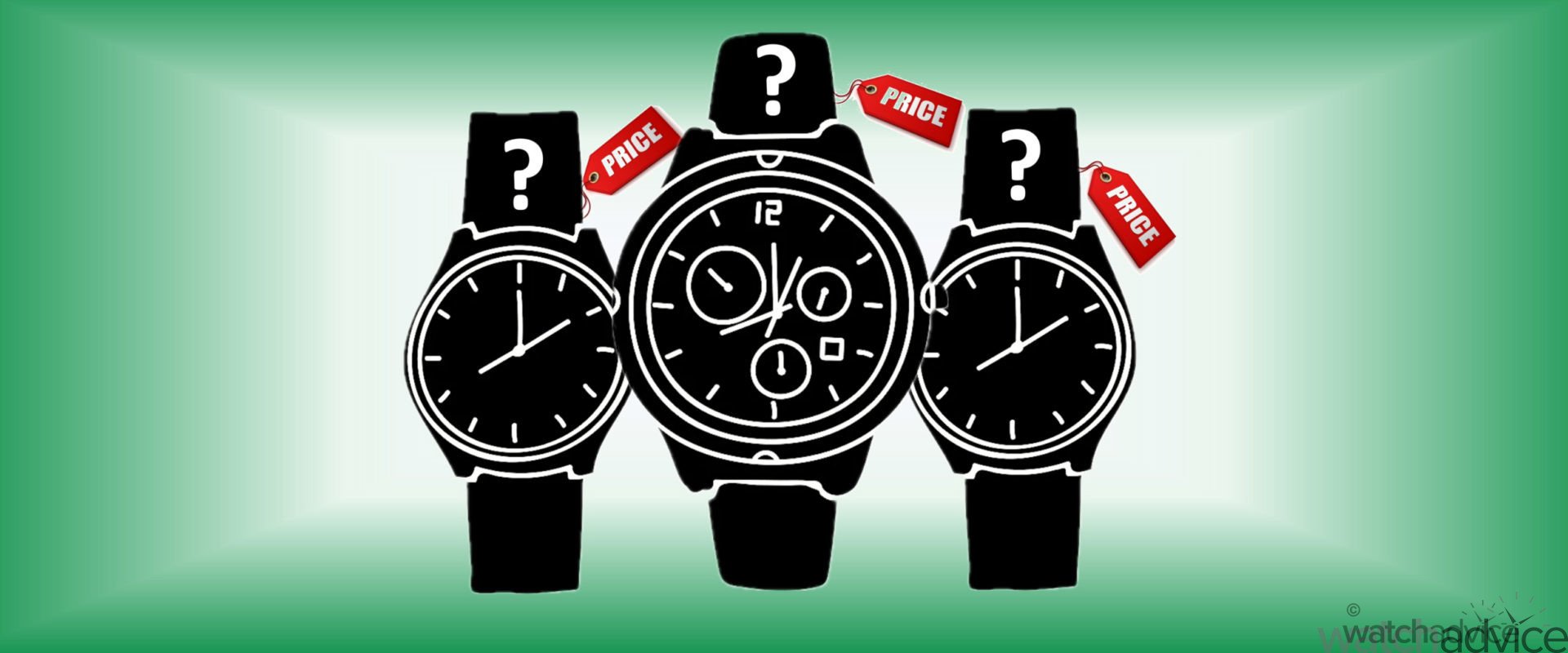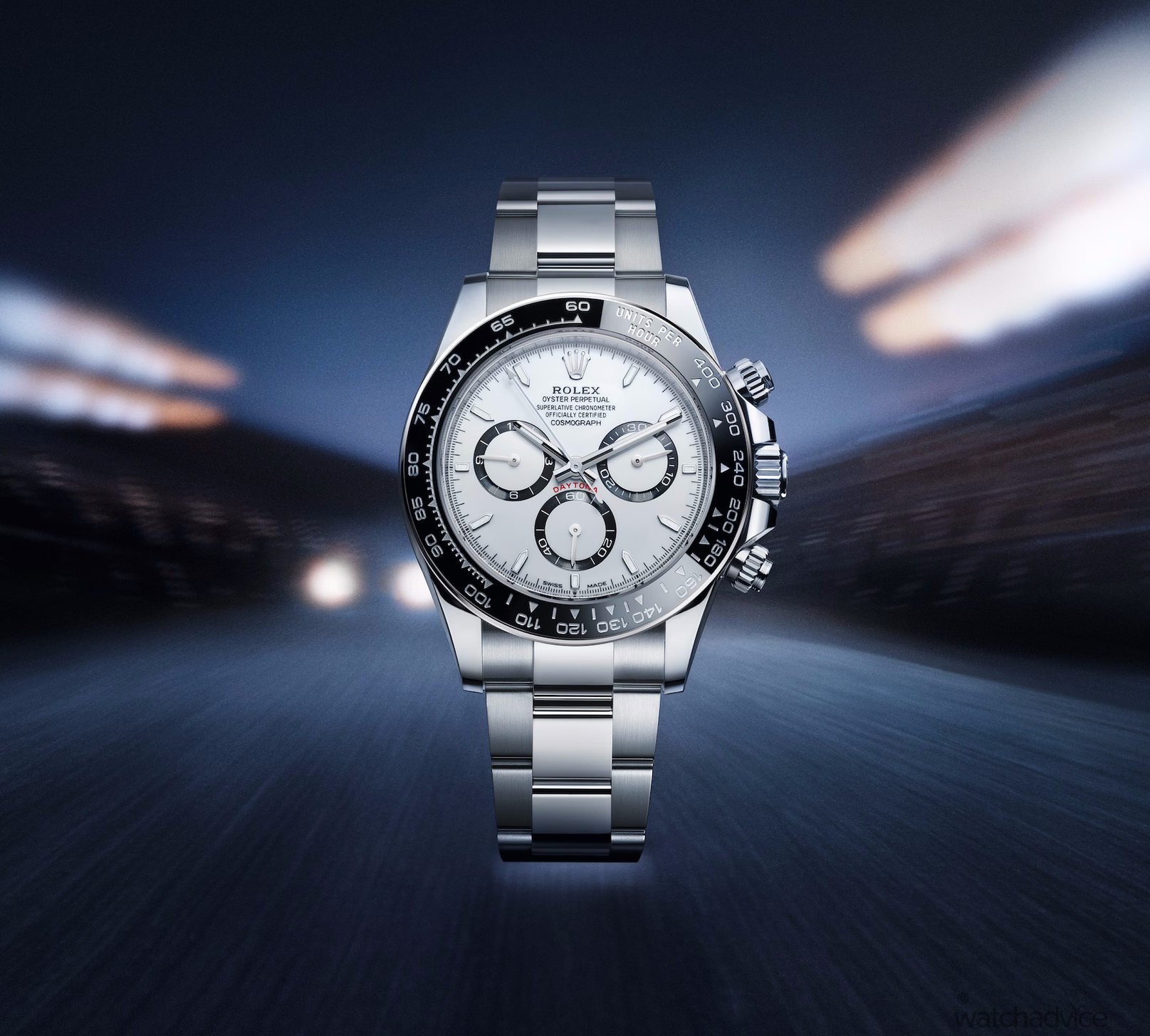In this revisited article we originally published early in 2024, we explore how our value perception of watches has changed over the past few years and ask the question – do we have a realistic expectation of watch values & pricing these days?
Originally Published on March 26th, 2024
Time and time again, we hear people talking about how expensive watches are these days to a few years ago. For the sake of the argument, let’s say over the past 5 years as COVID had a major effect on prices, as it did with everything in the world. However, many, if not most watch brands have had price rises much greater than the inflation rate, sometimes 2 or 3 times or more. And each year when this happens, we inevitably see a flood of comments online and in person about the prices and how they are not justified. In some cases, these comments are in reference to a specific piece being singled out, which to us here at Watch Advice got us thinking…Is this really fair and has our perception of value in this world of watches been skewed by certain factors? What makes one watch worth the retail price and another, seemingly comparable on paper, not worth it?
This thought was sparked by the new Speedmaster White Dial released at the start of the month when people on seeing the price were suddenly saying things like “Wow, that’s a lot for a Speedy”, and “are they this much now? Expensive!” Even though it was A$200 more than the standard sapphire sandwich Speedmaster, which in our minds is justified due to the white lacquer dial and applied indices, which created a dial aesthetic that lifted the piece compared to the OG. However, people still commented on the price point and the fact that a Speedmaster Moonwatch with sapphire crystal is north of A$13k. This got us thinking, how does a person justify value and if a piece is worth the price or not?
I don’t want to single out Omega, as this seems to happen with many other great brands with a rich heritage, and personally, I feel Omega punches above its price point. The Seamaster Diver on steel bracelet is 60% of the retail price of a Rolex Submariner Date. This means that the Sub Date is 67% MORE expensive than the Seamaster Diver which competes with it directly. Hand on heart, I can honestly say that the Seamaster is closer in terms of quality, accuracy, durability, and overall specs with the Sub Date than its price at 60% of the Rolex suggests. Whichever way you look at it, the Omega is either priced right, and the Rolex is overpriced, or if the Submariner Date is fairly priced, then the Seamaster Diver is comparatively cheap. Or maybe it’s a bit on both sides…
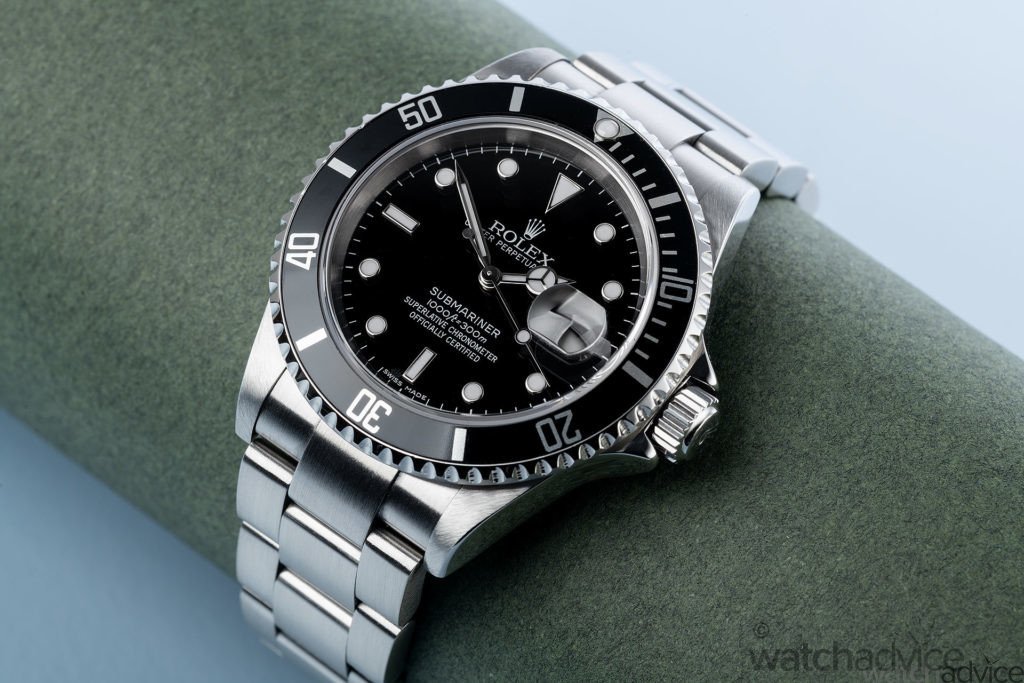
Now before you say, “Yes, but look at the brand and Rolex is worth more on the secondary market” then you would be correct. Rolex is worth more on the secondary market due to a range of factors that aren’t just plain supply and demand economics. Brand caché is worth something. It’s why brands invest a lot in their branding, how they position their pieces, and which celebrities and ambassadors they align themselves with among other things. This is a sentiment that somehow has permeated the watch world in recent years.
I’m not hating on Rolex either – I have a couple in the collection primarily as I love their look and what the brand originally stood for when Hans Wilsdorf created Rolex. This and they are quality and rock solid and I know I can go anywhere with them and not worry about wrecking them. They’re not safe queens at all, just check out my Instagram with the pics I take of them and my other pieces!
The point that I’m trying to make is this – when (Insert mainstream brand here) has had price rises equating to 20% over the last 3 years, people complain that this is a lot and they’re not worth it. When Rolex does this, not a peep. Audemars Piguet has gone even further by raising the price of selected pieces more than this in one go overnight. Again, crickets on this. Yes 20% is more than inflation, and sometimes these rises are hard to justify, other times models have had upgrades in the movement or other elements that cost more than just what the material it’s made from. Research, development, manufacturing process, watchmaker upskilling etc all go into this. However, if the piece is the same as the day prior to the rise, and has been for the past few years, then this for many (rightfully so) is a hard pill to swallow.
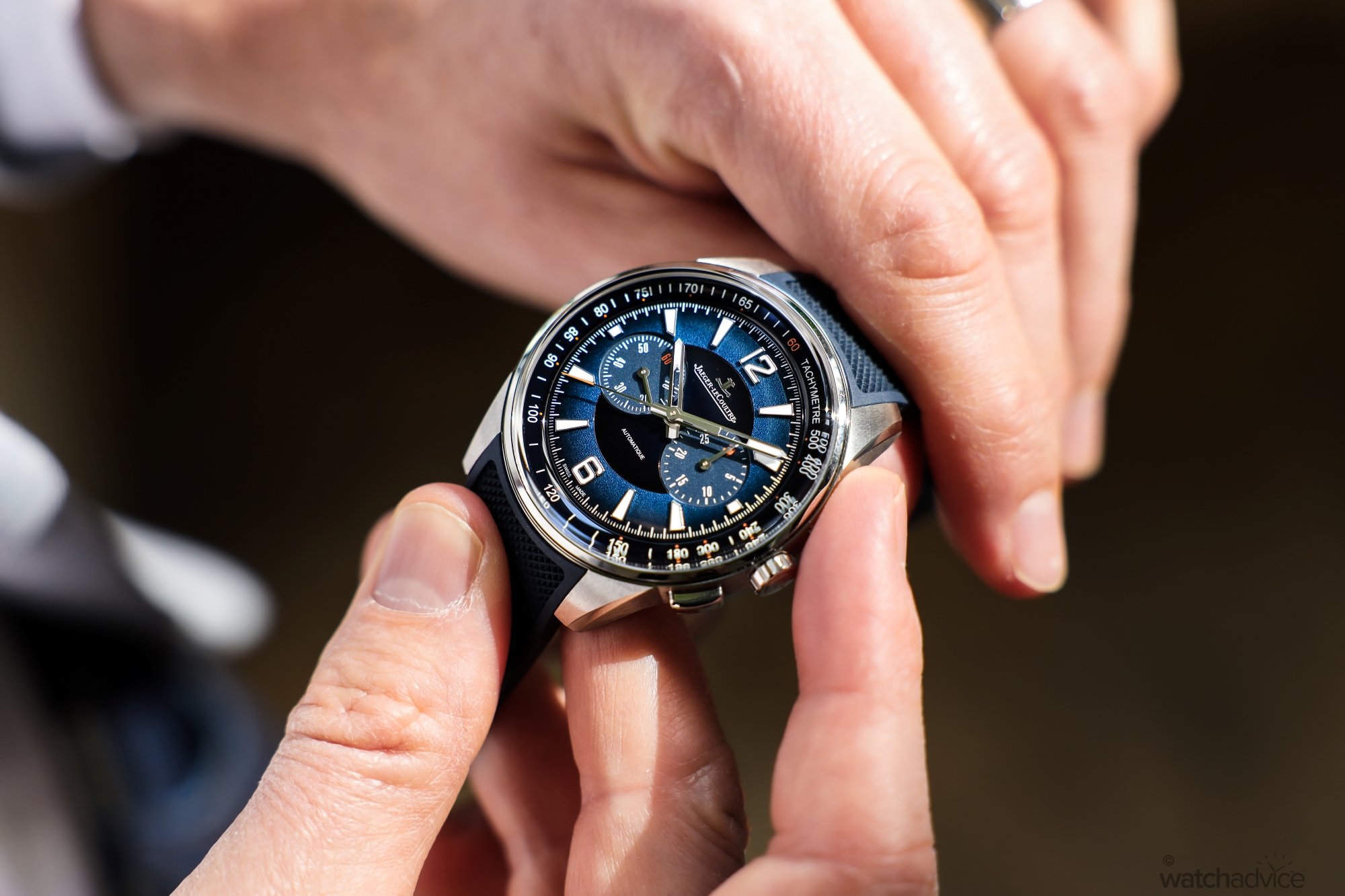
So this brings me back to the original question. What constitutes value in a watch? And why are we so surprised when a luxury brand (remember, these are all expensive items that are a LUXURY that we don’t actually need) puts their prices up? If the demand is still there and can support this, good for them. If anyone in business is able to sell their products for more without affecting the demand it makes sense. And unfortunately just like the saying goes, “If you have to ask, you can’t afford it!” Ok, that was harsh, but my point stands. Luxury isn’t for everyone, nor should it be, otherwise it wouldn’t really be luxury. Let’s face it, we’re not obsessing over mass-made sub-$500 pieces, are we? Well, most people aren’t.
As far as I can tell, this all comes back to the secondary market. I’m generalising somewhat here, but if a watch is worth 40%-50% less second-hand, then people find it hard to justify price rises. If it’s worth 50%-100% more on the secondary market, then people seem to care a lot less, even if they’re not planning to sell the piece. It’s a bit of a black-and-white statement, but it seems to be accurate. A Daytona that was A$16,450 back in 2019 and now retails for A$24,250 – an increase of 47%, doesn’t seem to worry people. Why? Perhaps it has something to do with the fact you can then sell it for about double the retail should you want to.
Read Our Hands-On Review of the Rolex Daytona 116500 Here
But in our view, a purchase shouldn’t be made based on this as markets can change and change rapidly. (Remember when Daytona’s used to be discounted?) Plus, the value of a watch should not be intrinsically tied to its secondary value. If this were the case, then basically 99% of watches out there are not worth their retail price, which in turn means they’re not value for the money, plain and simple. Do I believe this? No. Is this what others believe? It seems that many people do, and there’s nothing wrong with that, BUT, those people most probably need to re-evaluate their choices in watches and accept that prices rise, luxury is luxury and if you can’t afford it, then see what else is out there. I include myself in this as well. Oh, and let’s not forget that a secondhand piece needs to be new first, so someone has to buy it at the retail (discounted or not) price.
I’ve had to think twice as hard about buying certain pieces due to their costs and had to accept that others are now not in my current buying range as they’ve crossed that line, whatever that line is or was at the time. Just like certain cars, houses in certain locations, and other things in life, there are certain watches I can’t afford now, and those I won’t be able to ever. I’d love an Aston Martin, but it’s not in my current financial means right now. But neither is a house in Vaucluse, Toorak, or on the river in Hawthorn. The same goes for watches.
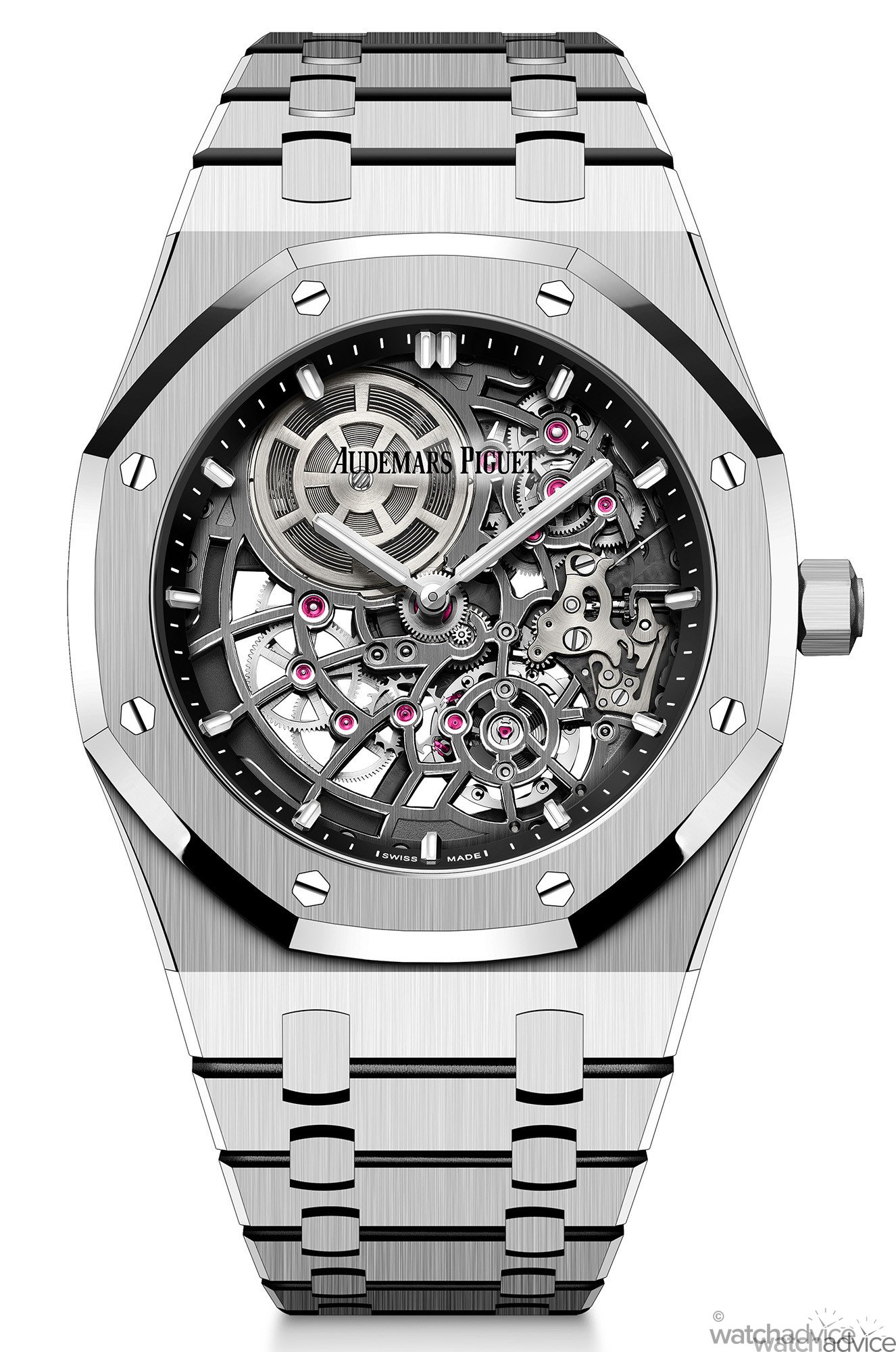
Watches as a hobby is one that we all love, and in a perfect world, would love to have lots of pieces in the collection to choose from. The new JLC is out? Great, I’ll get it! The IWC Big Pilot in green? Yes, please! But the reality for most of us, we need to be a little more discerning these days, and what we may have been able to buy 5 years ago may not be the case now. But conversely, we shouldn’t look at the secondary market price to dictate whether or not a watch is worth the retail. We should evaluate the piece on its merits and most importantly, do we love it?
I wrote some time ago that one of my guiding rules for buying a new watch was asking myself this question: “If it was the only watch I had, and had to wear it every day, would I love wearing it each day?” Maybe next time you’re after a new piece, ask yourself that, and it may re-frame your way of thinking. If the answer is yes, and you can afford it, then go for it. If the answer is no, or you have a certain budget, then maybe a secondary piece is the way to go – nothing wrong with that at all. But most of all, we should enjoy watches for what they are, and what they represent, and not an investment or asset. Trust me, it’s more fun that way!
Do you think I’m crazy? Agree or disagree? Leave us a comment below!


